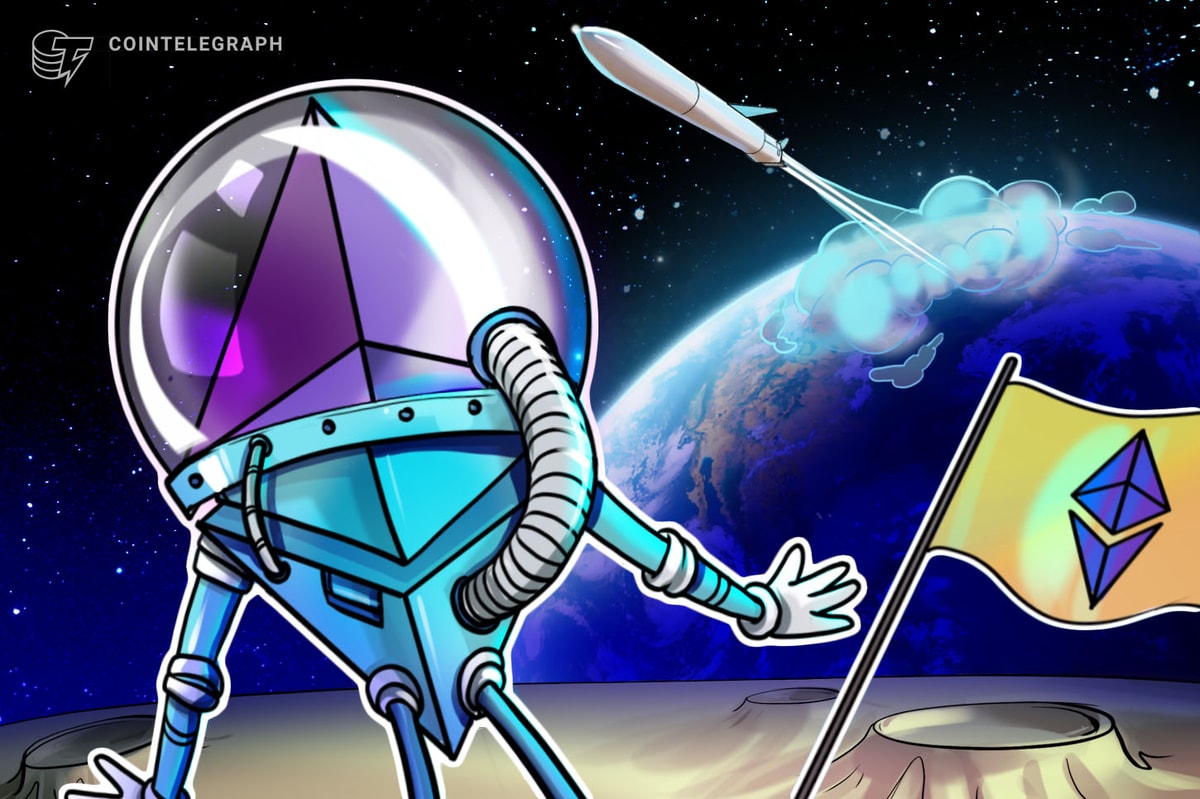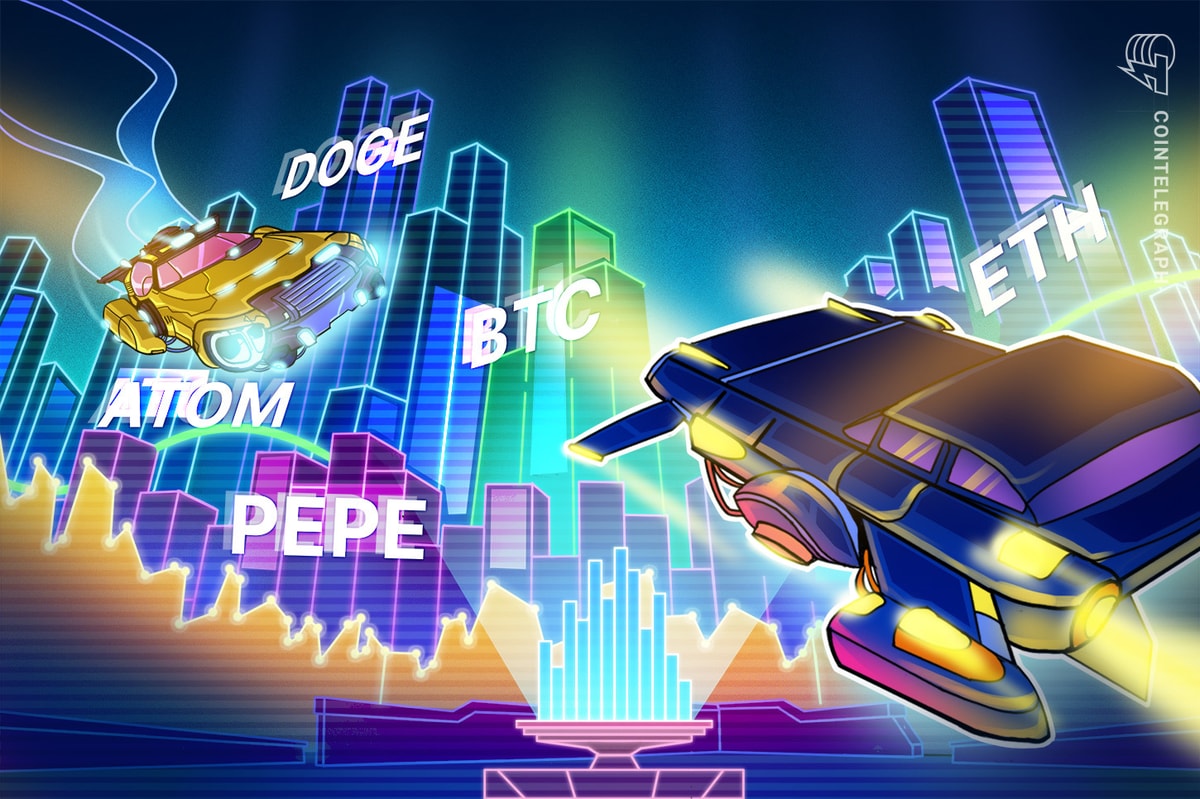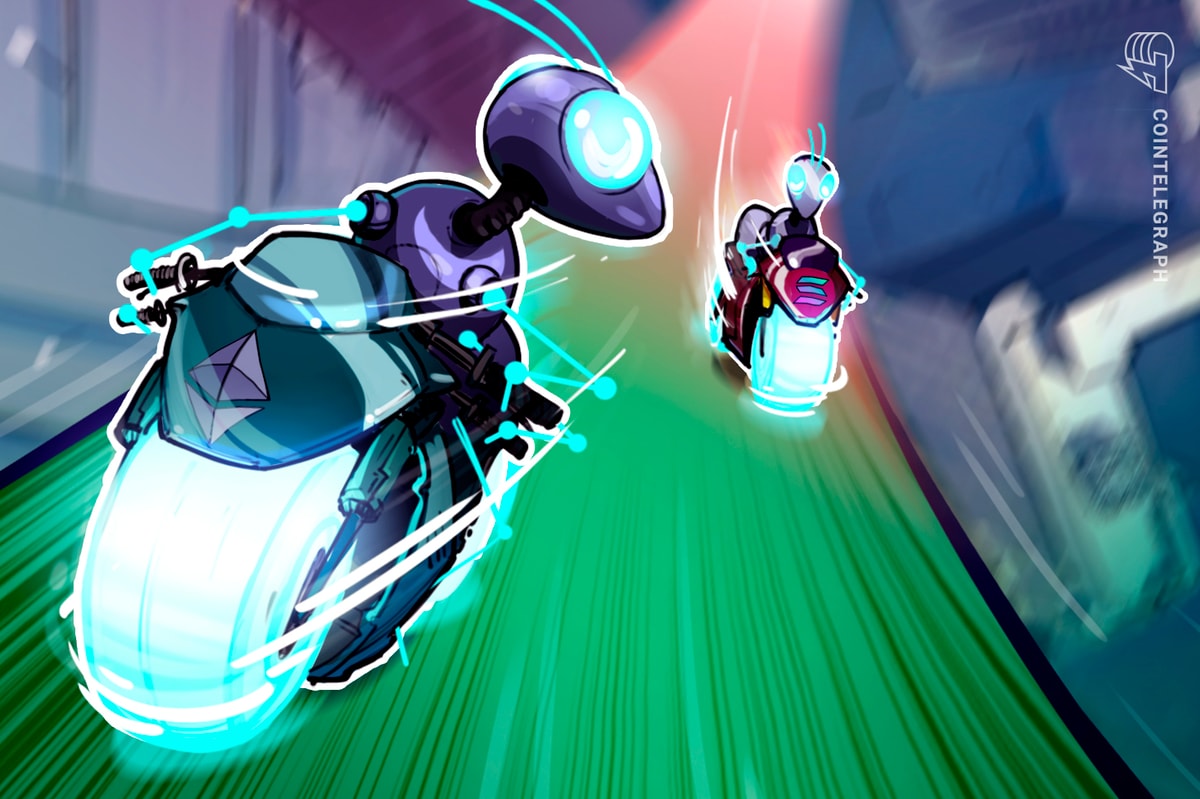A decentralized autonomous organization (DAO) is an entity with no central leadership. Decisions get made from the bottom-up, governed by a community organized around a specific set of rules enforced on a blockchain.
DAOs are internet-native organizations collectively owned and managed by their members. They have built-in treasuries that are only accessible with the approval of their members. Decisions are made via proposals the group votes on during a specified period.
A DAO works without hierarchical management and can have a large number of purposes. Freelancer networks where contracts pool their funds to pay for software subscriptions, charitable organizations where members approve donations and venture capital firms owned by a group are all possible with these organizations.
Before moving on, it’s important to distinguish a DAO, an internet-native organization, from The DAO, one of the first such organizations ever created. The DAO was a project founded in 2016 that ultimately failed and led to a dramatic split of the Ethereum network.
How does a DAO work?
As mentioned above, a DAO is an organization where decisions get made from the bottom-up; a collective of members owns the organization. There are various ways to participate in a DAO, usually through the ownership of a token.
DAOs operate using smart contracts, which are essentially chunks of code that automatically execute whenever a set of criteria are met. Smart contracts are deployed on numerous blockchains nowadays, though Ethereum was the first to use them.
These smart contracts establish the DAO’s rules. Those with a stake in a DAO then get voting rights and may influence how the organization operates by deciding on or creating new governance proposals.
This model prevents DAOs from being spammed with proposals: A proposal will only pass once the majority of stakeholders approve it. How that majority is determined varies from DAO to DAO and is specified in the smart contracts.
DAOs are fully autonomous and transparent. As they are built on open-source blockchains, anyone can view their code. Anyone can also audit their built-in treasuries, as the blockchain records all financial transactions.
Typically, a DAO launch occurs in three major steps
Smart contract creation: First, a developer or group of developers must create the smart contract behind the DAO. After launch, they can only change the rules set by these contracts through the governance system. That means they must extensively test the contracts to ensure they don’t overlook important details.
Funding: After the smart contracts have been created, the DAO needs to determine a way to receive funding and how to enact governance. More often than not, tokens are sold to raise funds; these tokens give holders voting rights.
Deployment: Once everything is set up, the DAO needs to be deployed on the blockchain. From this point on, stakeholders decide on the future of the organization. The organization’s creators — those who wrote the smart contracts — no longer influence the project any more than other stakeholders.
Why do we need DAOs?
Being internet-native organizations, DAOs have several advantages over traditional organizations. One significant advantage of DAOs is the lack of trust needed between two parties. While a traditional organization requires a lot of trust in the people behind it — especially on behalf of investors — with DAOs, only the code needs to be trusted.
Trusting that code is easier to do as it’s publicly available and can be extensively tested before launch. Every action a DAO takes after being launched has to be approved by the community and is completely transparent and verifiable.
Such an organization has no hierarchical structure. Yet, it can still accomplish tasks and grow while being controlled by stakeholders via its native token. The lack of a hierarchy means any stakeholder can put forward an innovative idea that the entire group will consider and improve upon. Internal disputes are often easily solved through the voting system, in line with the pre-written rules in the smart contract.
By allowing investors to pool funds, DAOs also give them a chance to invest in early-stage startups and decentralized projects while sharing the risk or any profits that may come out of them.
The principal-agent dilemma
The main advantage of DAOs is that they offer a solution to the principal-agent dilemma. This dilemma is a conflict in priorities between a person or group (the principal) and those making decisions and acting on their behalf (the agent).
Problems can occur in some situations, with a common one being in the relationship between stakeholders and a CEO. The agent (the CEO) may work in a way that’s not in line with the priorities and goals determined by the principal (the stakeholders) and instead act in their own self-interest.
Another typical example of the principal-agent dilemma occurs when the agent takes excessive risk because the principal bears the burden. For example, a trader can use extreme leverage to chase a performance bonus, knowing the organization will cover any downside.
DAOs solve the principal-agent dilemma through community governance. Stakeholders aren’t forced to join a DAO and only do so after understanding the rules that govern it. They don’t need to trust any agent acting on their behalf and instead work as part of a group whose incentives are aligned.
Token holders’ interests align as the nature of a DAO incentivizes them not to be malicious. Since they have a stake in the network, they will want to see it succeed. Acting against it would be acting against their self-interests.
What was The DAO?
The DAO was an early iteration of modern decentralized autonomous organizations. It was launched back in 2016 and designed to be an automated organization that acted as a form of venture capital fund.
Those who owned DAO tokens could profit from the organization’s investments by either reaping dividends or benefitting from price appreciation of the tokens. The DAO was initially seen as a revolutionary project and raised $150 million in Ether (ETH), one of the greatest crowdfunding efforts of the time.
The DAO launched on April 30, 2016, after Ethereum protocol engineer Christoph Jentzsch released the open-source code for an Ethereum-based investment organization. Investors bought DAO tokens by moving Ether to its smart contracts.
A few days into the token sale, some developers expressed concerns that a bug in The DAO’s smart contracts could allow malicious actors to drain its funds. While a governance proposal was set forth to fix the bug, an attacker took advantage of it and siphoned over $60 million worth of ETH from The DAO’s wallet.
At the time, around 14% of all ETH in circulation was invested in The DAO. The hack was a significant blow to DAOs in general and the then one-year-old Ethereum network. A debate within the Ethereum community ensued as everyone scrambled to figure out what to do. Initially, Ethereum co-founder Vitalik Buterin proposed a soft fork that would blacklist the attacker’s address and prevent them from moving the funds.
The attacker or someone posing as them then responded to that proposal, claiming the funds had been obtained in a “legal” way according to the smart contract’s rules. They claimed they were ready to take legal action against anyone who tried to seize the funds.
The hacker even threatened to bribe ETH miners with some of the stolen funds to thwart a soft fork attempt. In the debate that ensued, a hard fork was determined to be the solution. That hard fork was implemented to roll back the Ethereum network’s history to before The DAO was hacked and reallocate the stolen funds to a smart contract that allowed investors to withdraw them. Those who disagreed with the move rejected the hard fork and supported an earlier version of the network, known as Ethereum Classic (ETC).
Disadvantages of DAOs
Decentralized autonomous organizations aren’t perfect. They are an extremely new technology that has attracted much criticism due to lingering concerns regarding their legality, security and structure.
MIT Technology Review has, for example, revealed it considers it a bad idea to trust the masses with important financial decisions. While MIT shared its thoughts back in 2016, the organization appears to have never changed its mind on DAOs — at not least publicly. The DAO hack also raised security concerns, as flaws in smart contracts can be hard to fix even after they are spotted.
DAOs can be distributed across multiple jurisdictions, and there’s no legal framework for them. Any legal issues that may arise will likely require those involved to deal with numerous regional laws in a complicated legal battle.
In July 2017, for example, the United States Securities and Exchange Commission issued a report in which it determined that The DAO sold securities in the form of tokens on the Ethereum blockchain without authorization, violating portions of securities law in the country.
Examples of DAOs
Decentralized autonomous organizations have gained traction over the last few years and are now fully incorporated into many blockchain projects. The decentralized finance (DeFi) space uses DAOs to allow applications to become fully decentralized, for example.
To some, the Bitcoin (BTC) network is the earliest example of a DAO there is. The network scales via community agreement, even though most network participants have never met each other. It also does not have an organized governance mechanism, and instead, miners and nodes have to signal support.
However, Bitcoin is not seen as a DAO by today’s standards. By current measures, Dash would be the first true DAO, as the project has a governance mechanism that allows stakeholders to vote on the use of its treasury.
Other, more advanced DAOs, including decentralized networks built on top of the Ethereum blockchain, are responsible for launching cryptocurrency-backed stablecoins. In some cases, the organizations that initially launched these DAOs slowly give away control of the project to one day become irrelevant. Token holders can actively vote on governance proposals to hire new contributors, add new tokens as collateral for their coins or adjust other parameters.
In 2020, a DeFi lending protocol launched its own governance token and distributed it through a liquidity mining process. Essentially, anyone who interacted with the protocol would receive tokens as a reward. Other projects have since replicated and adapted the model.
Now, the list of DAOs is extensive. Over time, it has become a clear concept that has been gaining traction. Some projects are still looking to achieve complete decentralization through the DAO model, but it’s worth pointing out they are only a few years old and have yet to achieve their final goals and objectives.
As internet-native organizations, DAOs have the potential to change the way corporate governance works completely. While the concept matures and the legal gray area they operate in is cleared, more and more organizations may adopt a DAO model to help govern some of their activities.










